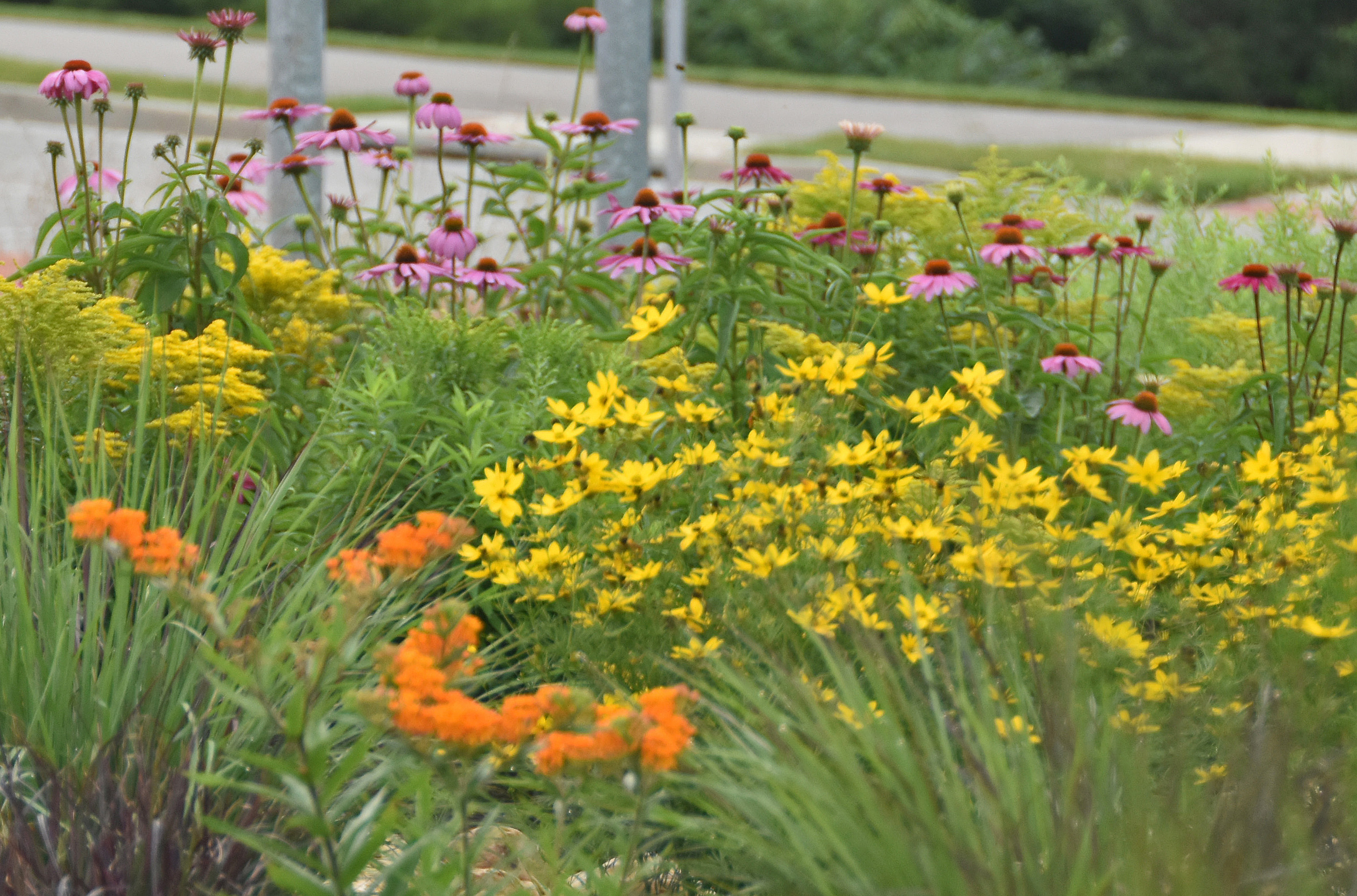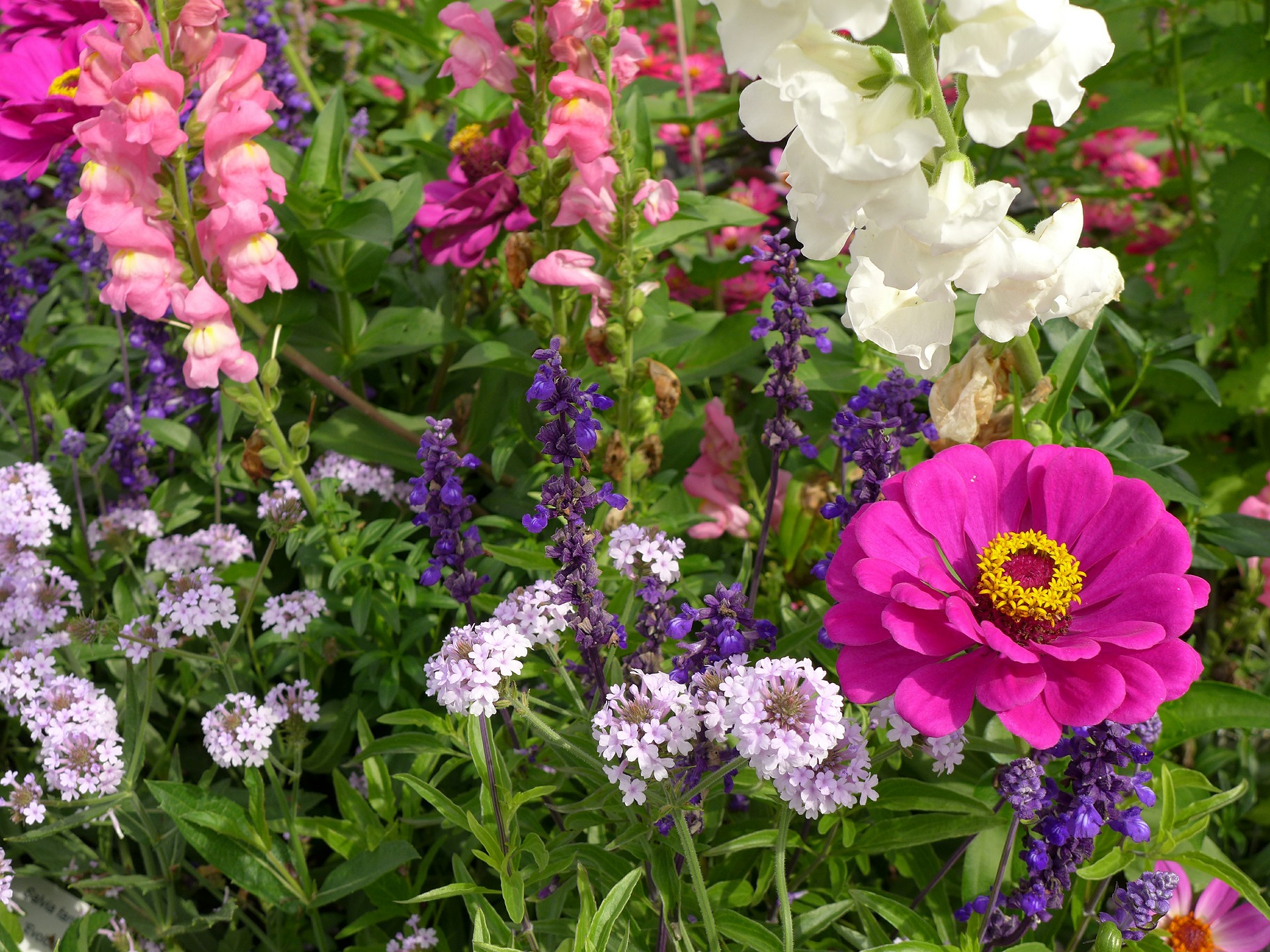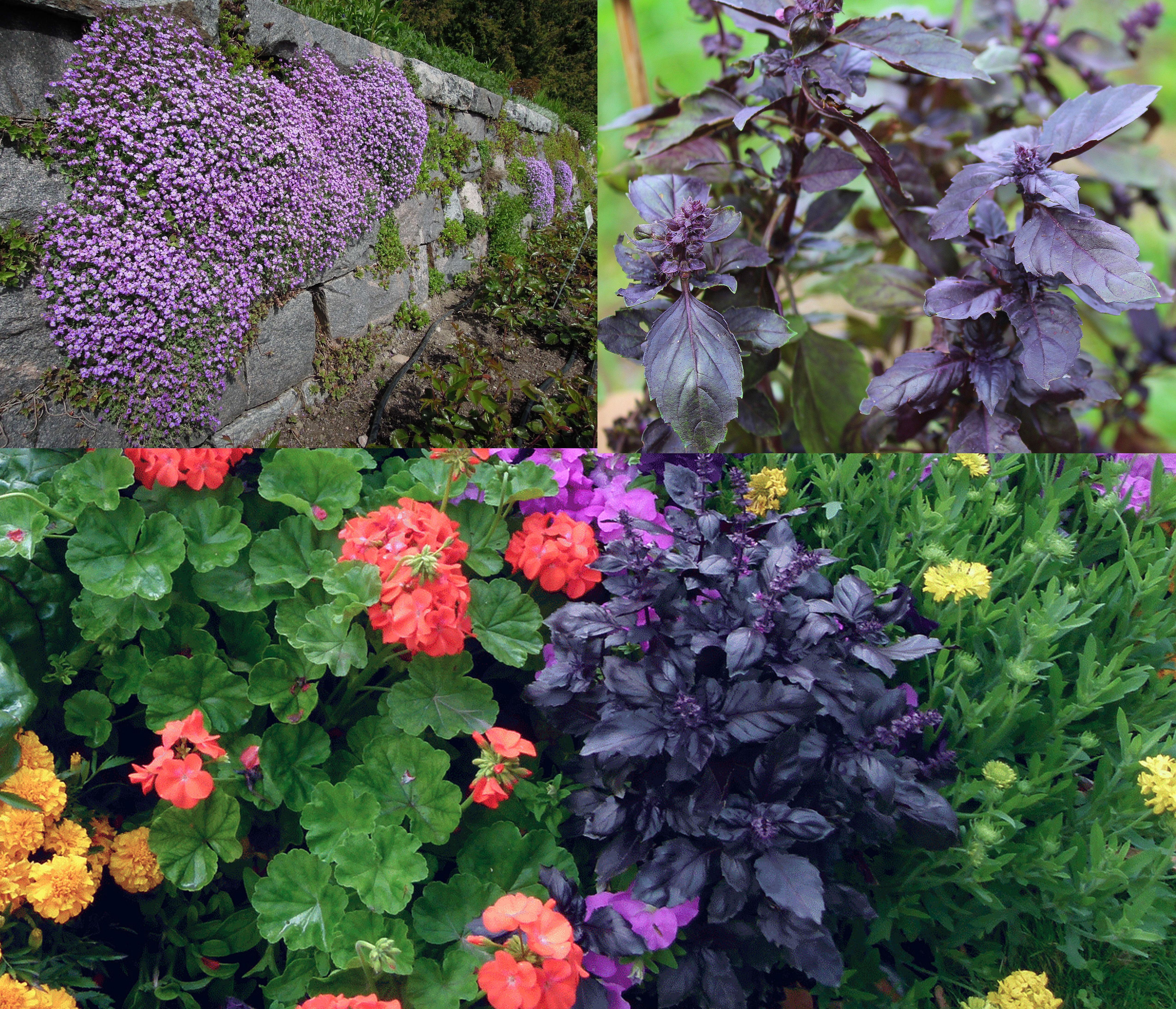I have become very ambivalent about deer. On one hand, I look out my kitchen window and see this:
1.jpg)

It’s like a miracle unfolding in front of you…
But on the other hand, a few days later I look out my kitchen window and see this:

and this:
 It's very discouraging…
It's very discouraging…
Our neighborhood, which encompasses about 4 city blocks, is primarily residential property, with generous front and back yards and frequent patches of wooded areas. It’s also home to a herd of eight (now, nine) white tailed deer who feel safe enough to slowly stroll through our yards as they embark on their twice daily foraging outings.
 Deer populations are rapidly increasing in urban and suburban areas across the United States. Researchers believe that there are currently over 35 million deer, with suburban areas beginning to have more deer per square mile than unpopulated, more rural areas. Although on the surface that seems unlikely, examination shows that it does make sense. Urban development usurps the deer’s natural habitat, forcing them to either move or adapt. Of the two choices, adapting to human settlement is actually a better option.
Deer populations are rapidly increasing in urban and suburban areas across the United States. Researchers believe that there are currently over 35 million deer, with suburban areas beginning to have more deer per square mile than unpopulated, more rural areas. Although on the surface that seems unlikely, examination shows that it does make sense. Urban development usurps the deer’s natural habitat, forcing them to either move or adapt. Of the two choices, adapting to human settlement is actually a better option. 
Deer are what is known as “opportunistic feeders,” meaning that they will adjust their diets based on what is available in their home range. The typical suburban offering of lush grass, tasty garden plants and thriving shrubs offer a nutritious, abundant and easily available food source as compared to the often-seasonal availability of food in the wild. When deer have a consistent, healthful diet, it helps promote good physical conditions, high reproductive rates and longer life expectancies, all of which add to higher populations.
Besides humans, wolves, bears and coyotes are deer’s top predators. Urbanization tends to decrease the number of these predators, which means that deer, especially young deer, are more likely to survive to “old age.” In the wild, a large percentage of deer are killed by predators in the first few months of life, while those who do survive live an average of about three or four years. Deer in urban areas however, are known to have lifespans of about twelve to fifteen years.
 Female deer in the wild tend to begin reproducing around two years of age. They usually have a single offspring per mating season. As the does mature, they may have two or three fawns per year. In urban areas, young, healthy females may begin reproducing when they are just a year old. Twin fawns are very common for urban does, who continue to reproduce their entire adult lives. More years to reproduce also add to higher deer populations in urbanized locations.
Female deer in the wild tend to begin reproducing around two years of age. They usually have a single offspring per mating season. As the does mature, they may have two or three fawns per year. In urban areas, young, healthy females may begin reproducing when they are just a year old. Twin fawns are very common for urban does, who continue to reproduce their entire adult lives. More years to reproduce also add to higher deer populations in urbanized locations.
Coping with an increased deer population is a complex problem for individuals who appreciate the grace and beauty of the animals, but who are trying to avoid health and safety problems and to maintain the aesthetics of their yard. Hundreds of people each year are injured in car accidents involving deer, and thousands of insurance claims are filed related to incidents involving vehicles and deer. Deer, known for being tick carriers, are tied to increases in tick-related diseases, especially Lyme disease.
increased deer population is a complex problem for individuals who appreciate the grace and beauty of the animals, but who are trying to avoid health and safety problems and to maintain the aesthetics of their yard. Hundreds of people each year are injured in car accidents involving deer, and thousands of insurance claims are filed related to incidents involving vehicles and deer. Deer, known for being tick carriers, are tied to increases in tick-related diseases, especially Lyme disease.
The most common advice for repelling deer is to plant nothing but deer-resistant varieties. (Listing included below.) Unfortunately, as most gardeners realize, deer will eat many, if not most, of the so-called deer resistant plants when conditions are right. Other commonly suggested deterrents, like repellants such as milorganite or strongly scented soaps, quickly lose effectiveness in rain or consistently moist conditions and need constant replacements. Motion activated devices, because of their patterns are soon ignored. Lights, in an urban setting, have little impact on deer behavior. Tall fencing can be used to block deer, but in many cases becomes an out of place eyesore. So how can deer be deterred?
One of the best pieces of information that I have run across comes from advice from Ruth Rofgers Clausen. She strongly advises to begin by designing deer resistant features into the landscape. Modifying the terrain, especially at the deer’s entry points, is a good starting point in creating a deer free zone. One choice is to entirely close off their specific entry points. Groupings of  impenetrable plantings or tall, sturdy trellises covered with thick vines are excellent deer obstacles. Entirely blocking the view into the garden leaves deer reluctant to jump over the barrier since they are unsure about where they will land.
impenetrable plantings or tall, sturdy trellises covered with thick vines are excellent deer obstacles. Entirely blocking the view into the garden leaves deer reluctant to jump over the barrier since they are unsure about where they will land.
A second option is to add berms, steps or terraces at entry points. Deer have limited depth perception so navigating a variety of levels can be uncomfortable for them. Deer prefer an easily accessible escape route in case of danger. A set of parallel berms spaced about 3 feet apart can also deter deer. Jumping over the first into the pathway doesn’t allow enough landing space and jumping over both can be difficult for a deer to judge.
Changing your own routine maintenance habits can also have an impact on how much of a draw your garden is. Deer, like many other vegetation consuming wildlife, prefer soft, lush nitrogen rich foliage. Cut back on the amount of high  nitrogen fertilizers used throughout the growing season to reduce the quick flushes of soft, new growth that tempt deer. Tough, leathery or fibrous textured plants, like Lily of the Valley, repel them.
nitrogen fertilizers used throughout the growing season to reduce the quick flushes of soft, new growth that tempt deer. Tough, leathery or fibrous textured plants, like Lily of the Valley, repel them.
When and how you water can also make a difference. Avoid watering on a daily basis; instead, water deeply into the ground once or twice a week. Leaves should be dry by the evening hours, especially during periods of drought. Wet leaves during the evening hours draw deer that are seeking water.
Deer have incredible senses of smell. They not only have almost 60 times more the number of olfactory sensors in their noses than humans do, but they also have a scent gland in their mouths and two specialized scent areas in their brains. They can pick up scents that are days old and a half a mile away. While definitely a benefit in the wild, this extraordinary sense can be used against them in the garden. Interspersed plants with highly fragrant blooms or foliage can be overwhelming for deer and can cause them to retreat to a safer space. Place plants with strongly scented foliage at entry points to turn deer away.
their noses than humans do, but they also have a scent gland in their mouths and two specialized scent areas in their brains. They can pick up scents that are days old and a half a mile away. While definitely a benefit in the wild, this extraordinary sense can be used against them in the garden. Interspersed plants with highly fragrant blooms or foliage can be overwhelming for deer and can cause them to retreat to a safer space. Place plants with strongly scented foliage at entry points to turn deer away.
The final step in creating a deer free garden is the careful selection of plant material. Although there are no absolutes defining what a deer will or won’t eat, there are some common characteristics that they tend to avoid. They tend to avoid plants with fuzzy leaves and stems, highly fragrant blooms, bristles and thorns. Like most wildlife, deer also avoid plants that are toxic.
With their ever-increasing numbers in urban areas, keeping deer out of gardens is becoming a challenge for home gardeners as well as those in charge of public spaces like parks and green belts. Using a variety of strategies to foil them, humans have a chance to control the damage in ways that are both environmentally friendly and attractive.
Suggested Native and Ornamental Plants for Deer Resistance
Perennials
- Purple Coneflowers
- Yarrow
- Iris
- Salvia
- Columbine
- Sedums
- Alliums
- Butterfly Weed
- Coreopsis
Annuals
- French Marigolds
- Snapdragons
- Dusty Miller
- Zinnias
Herbs
- Basils
- Lavender
- Dill
- Lemon Balm
- Oregano
- Parsley
- Rosemary
- Thyme
Bulbs
- Crocus
- Daffodils
- Grape Hyacinth
Shrubs
- Butterfly Bush
- Forsythia
- Lilac
- Russian Olive
- Boxwood
- Beauty Bush





